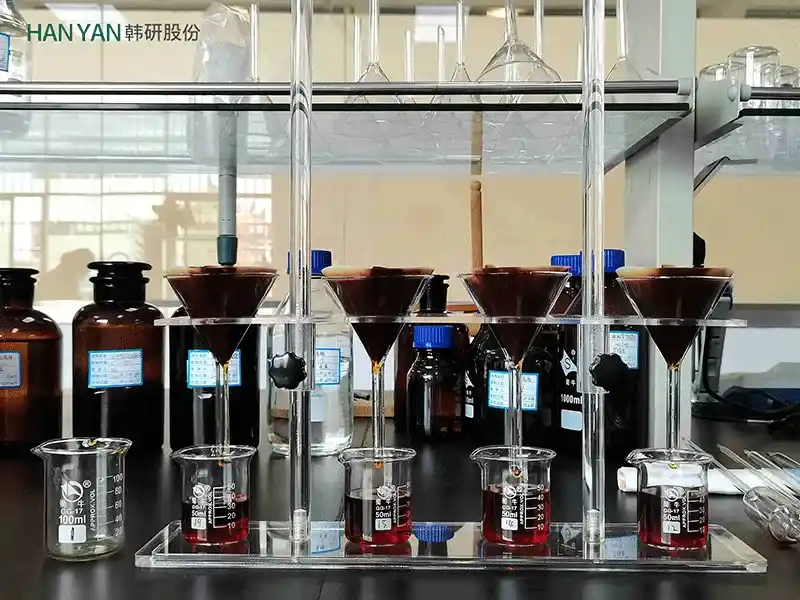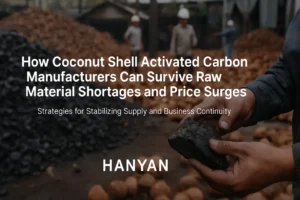Table of Contents
- Introduction
- Understanding Cyclohexylamine and Its Environmental Impact
- The Science Behind Activated Carbon Adsorption
- Experimental Insights into Activated Carbon’s Effectiveness
- Challenges in Using Activated Carbon for Cyclohexylamine Treatment
- Optimizing Activated Carbon for Cyclohexylamine Treatment
- Conclusion
Introduction
Activated carbon is a versatile adsorbent renowned for its ability to capture a wide range of pollutants, including volatile organic compounds (VOCs). Cyclohexylamine, a significant industrial chemical, poses environmental and health risks when released into the atmosphere. This article delves into the effectiveness of activated carbon in adsorbing and treating cyclohexylamine emissions, exploring the underlying mechanisms, challenges, and optimization strategies.
Understanding Cyclohexylamine and Its Environmental Impact
Cyclohexylamine, a colorless liquid with a strong amine odor, is widely used in various industries, including pharmaceuticals, rubber, and textiles. However, its release into the environment can lead to severe consequences:
- Air Pollution: Cyclohexylamine is a hazardous air pollutant that contributes to smog and respiratory problems.
- Water Contamination: It can contaminate water bodies, harming aquatic life and posing risks to human health.
- Soil Degradation: Soil exposure can lead to reduced fertility and plant growth.
The Science Behind Activated Carbon Adsorption
Activated carbon’s exceptional adsorption properties stem from its highly porous structure, which provides a vast surface area for pollutant capture. The adsorption process involves:
- Physical Adsorption: Cyclohexylamine molecules are physically attracted to the carbon surface and trapped within its pores.
- Chemisorption: In some cases, chemical bonds may form between the carbon surface and the pollutant, enhancing adsorption capacity.
These properties allow activated carbon to effectively capture and reduce cyclohexylamine emissions.
Experimental Insights into Activated Carbon’s Effectiveness
Numerous studies have demonstrated the efficacy of activated carbon in removing cyclohexylamine from gas streams. Key findings include:
- High Adsorption Capacity: Activated carbon can effectively adsorb cyclohexylamine, even at relatively high concentrations.
- Regeneration Potential: The spent carbon can be regenerated through thermal or chemical processes, allowing for multiple cycles of use.
- Diverse Applications: Activated carbon is employed in various industrial settings, including chemical plants, pharmaceutical manufacturing, and waste treatment facilities.
These attributes make activated carbon both an economical and sustainable solution for industries.
Challenges in Using Activated Carbon for Cyclohexylamine Treatment
While activated carbon is a powerful tool, certain challenges may arise during its application:
- Saturation: Prolonged exposure to high concentrations of cyclohexylamine can lead to saturation of the carbon’s adsorption sites.
- Competitive Adsorption: The presence of other pollutants can compete for adsorption sites, reducing the effectiveness of cyclohexylamine removal.
- Regeneration Costs: The energy-intensive nature of the regeneration process can increase operational costs.
Overcoming these challenges requires tailored solutions and precise operational control. Contact us for further communication, our engineer will provide you the tailored-made solution based on your working condition.
Optimizing Activated Carbon for Cyclohexylamine Treatment
Future advancements in activated carbon technology could address existing limitations. Optimizations might include:
- Carbon Selection: Choose a carbon with a pore size distribution that matches the molecular size of cyclohexylamine.
- Process Optimization: Adjust operating conditions, such as temperature, pressure, and flow rate, to maximize adsorption efficiency.
- Regeneration Techniques: Explore innovative regeneration methods to reduce energy consumption and minimize carbon degradation.
By focusing on these improvements, industries can achieve more efficient and cost-effective emission control.
Conclusion
Activated carbon offers a reliable and sustainable solution for treating cyclohexylamine emissions. By understanding the underlying mechanisms, addressing potential challenges, and implementing optimization strategies, industries can effectively mitigate the environmental impact of cyclohexylamine and ensure compliance with regulatory standards. As technology continues to advance, activated carbon remains a valuable tool in the pursuit of cleaner air and a healthier planet.
Keywords: activated carbon, cyclohexylamine, VOCs, air pollution, air purification, water pollution, soil pollution, adsorption, regeneration, industrial emissions, environmental remediation, sustainable technology, gas phase adsorption





